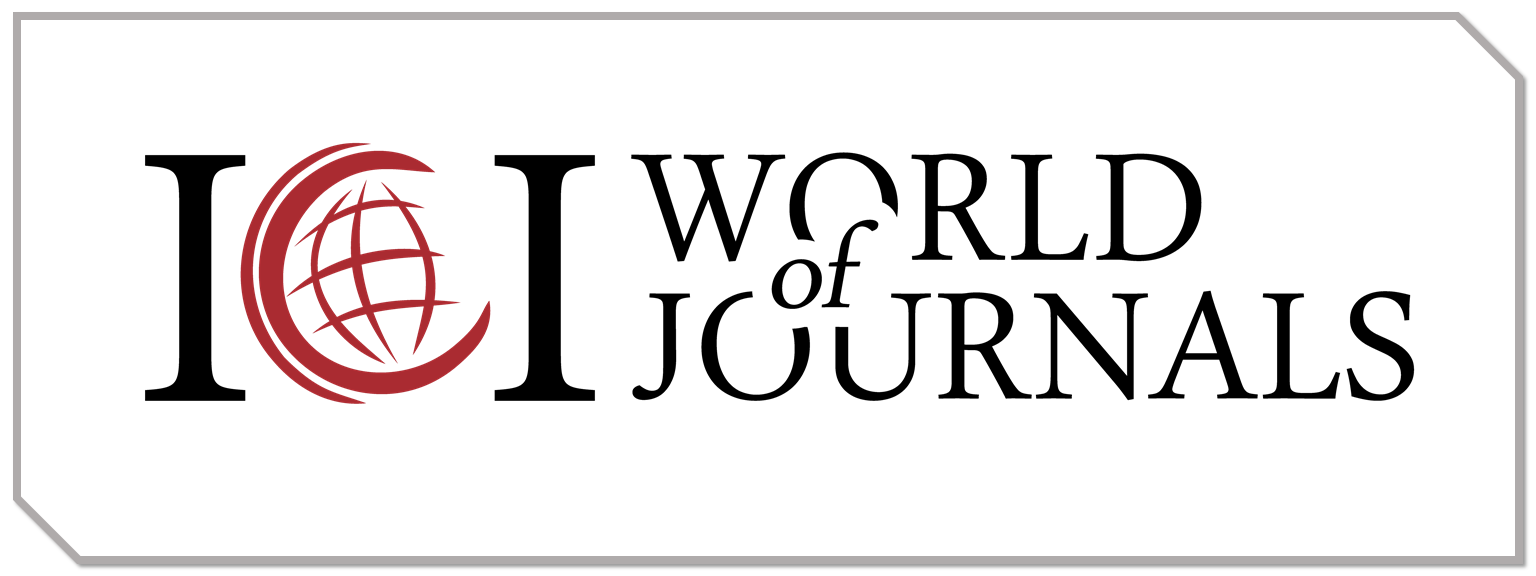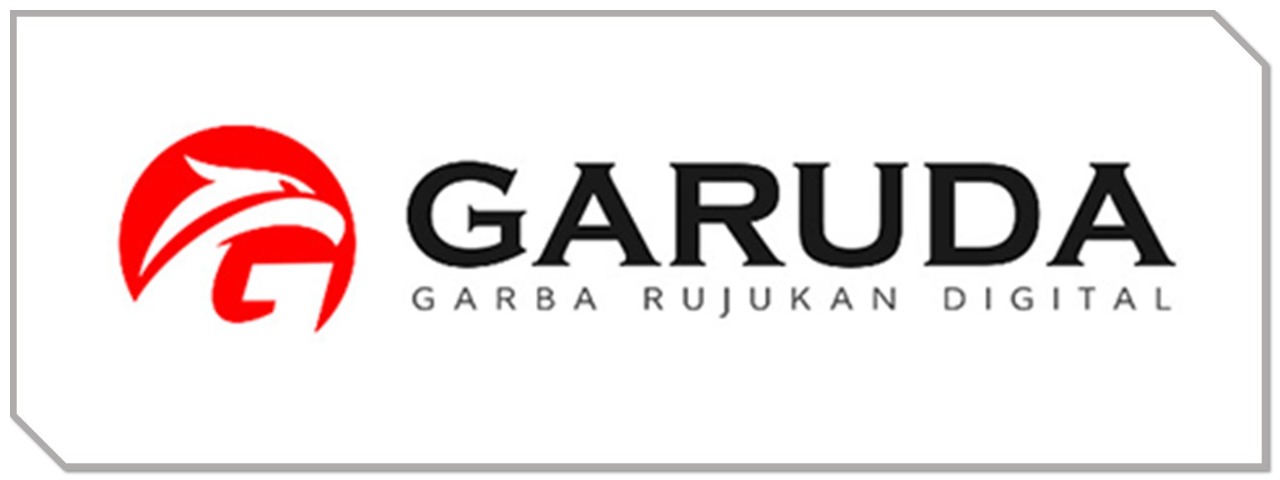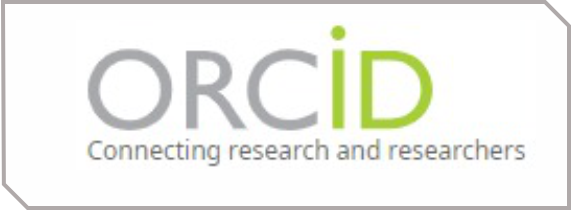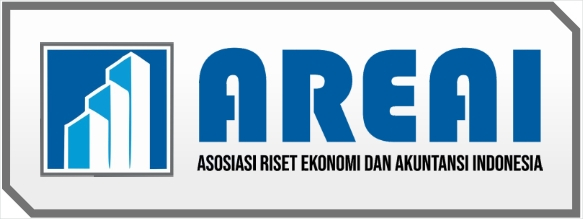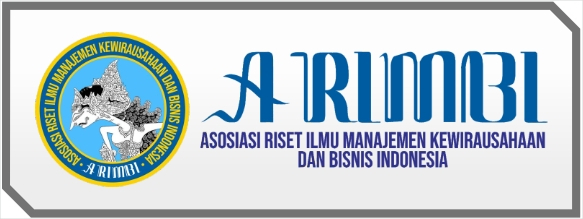Pengembangan Olahan Daun Kelor Sebagai Potensi Pendapatan Keluarga Di Desa Loru Kecamatan Sigi Biromaru Kabupaten Sigi
DOI:
https://doi.org/10.55606/optimal.v3i2.1398Keywords:
post family income processed day belo developmenAbstract
This study aims to determine internal factors (Strenghts, Weaknesses) and external factors (Opportunities- Threats) in supporting the business deveopment of processed moringa leaf products in Loru Village. The detremination of the respondents was determined purposively (purposive). The number of respondents 6 consisted of 1 group leader and 2 group members,while external party respondents consisted of 3 consumers. The analysis used in the study is descriptive analysis and SWOT analysis. The results of the SWOT analysis show that the business development of processed moringa leaf products in Loru village is in the ST strategy, namely quadrant II,where in this posiyion overcoming existing threats by using the strengths of alternative strategies namely (1) Maximizing the use of capital in purchasing raw materials, (2) Maintaining a distinctive taste to anticipate changes in consumer tastes and face compotition with similar busisnesses, (3) Utilizing attractive product packaging and original taste in order to anticipate product equality substitution.
References
Ahyar, Hardani et al. 2020. Buku Metode Penelitian Kualitatif & Kuantitatif.
Bloom, Paul N, L. N. Boone. 2006. Strategi Pemasaran Produk. Jakarta: Prestasi Pustakaraya.
Gopalakrishnan, L., Doriya, K. And Kumar, D. S. 2016. ‘Moringa oleifera: A review on Nutritive importance and its medicinal application’ , Food Science and Human Wellness, 5, pp. 49-56. Doi: 10.1016/j.fshw.2016.04.001.
Immy, S. R., Aryanti, E. And Suripto (2015) ‘ phytochemical content of some of local Plant species frequently used as raw materials for traditional medicin’, in Seminar Nasional Masyarakat Biodiversity Indonesia, pp. 388-391. Doi: 10.13057/psnmbi/m010237.
Ika W, 2010. Analisis Usaha Industri Emping Melinjo Skala Rumah Tangga di Kabupaten Magetan. Skripsi. Jurusan/Program Studi Sosial Ekonomi Pertanin/Agribisnis Fakultas Pertanian Universitas Sebelas Maret. Surakarta.
J.R.Raco, 2010, Metode Penelitian Kualitatif Jenis, Karasteristik, dan keunggulannya, Jakarta: PT. Grasindo.
Lutfia, F., (2012), Potensi Gizi Daun Kelor (Moringa oleifera) Nusa Tenggara Barat, Media Bina Ilmiah, 6 (2), 42-50.0.
Munir, Irul. 2014. Pengertian Angkatan Kerja, Tenaga Kerja, Kesempatan Kerja, Pengangguran. Jakarta. Indeks.
Oyeyinka, A. T. And Oyeyinka, S. A. 2016. Moringa oleifera as a food fortificant: Recent trends and prospect. Journal of the Saudi Society of Agricultural Sciences. Elsevier, Open acces. Doi: 10.1016/J.JSSAS.2016.02.002.
Purwanto, Djoko. 2006. Komunikasi Bisnis. Jakarta: Penerbit Erlangga
Rangkuti Freddy, 2008. Analisis SWOT Teknik Membedah Kasus Bisnis. Gramedia, Jakarta.
Sumadiwangsa, 2008. Pengembangan Teknologi Pemanfaatan Hasil Hutan Nikan Kayu. Makalah Seminar Nasional Prospek Hasil Nikan Kayu IPB Bogor.
Sugiyono, 2016. Metode Penelitian Administrasi. Alfabeta. 456 hal.





